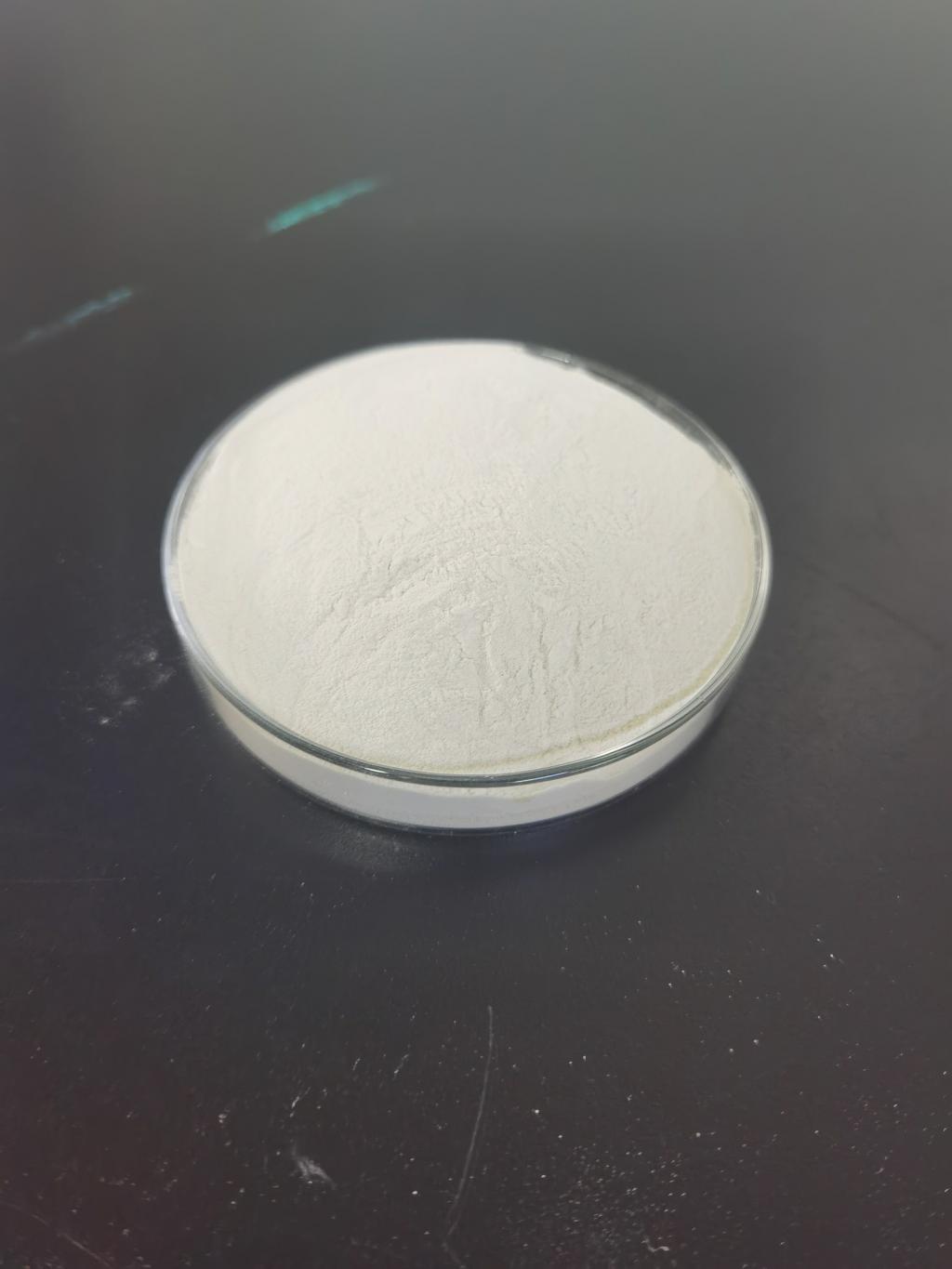Tel:+8618231198596

News
 CONTACT
CONTACT
 CONTACT
CONTACT
- Linkman:Linda Yao
- Tel: +8618231198596
- Email:linda.yao@dcpharma.cn
- Linkman:CHARLES.WANG
- Department:Overseas
- Tel: 0086 0311-85537378 0086 0311-85539701
News
The Evolution of Nisin-Producing Bacteria Strains.
TIME:2023-11-16
Historical Background
The story of nisin-producing bacteria strains dates back to the discovery of nisin in the early 20th century. In 1928, a British scientist named Arthur R. D. Dakin first identified a substance in nose and throat mucus that exhibited antibacterial properties. This substance was later named nisin, and its production was traced back to lactic acid bacteria, specifically Lactococcus lactis. The early research laid the foundation for understanding the potential applications of nisin in food preservation.
Genetic Adaptations in Nisin-Producing Bacteria
The evolution of nisin-producing bacteria strains is closely linked to genetic adaptations that enhance the production and efficacy of nisin. The genetic makeup of Lactococcus lactis has been subject to extensive studies, revealing insights into the mechanisms responsible for nisin synthesis and regulation.
Gene Mutations: Over time, bacteria populations accumulate genetic mutations that can influence their ability to produce nisin. Some mutations may enhance the expression of nisin-related genes, leading to increased production levels. Understanding these mutations is crucial for optimizing nisin production in industrial settings.
Horizontal Gene Transfer: Bacteria are known for their ability to exchange genetic material through horizontal gene transfer. This process allows for the acquisition of new genes, including those responsible for nisin synthesis. Horizontal gene transfer has played a role in the diversification of nisin-producing bacteria strains, contributing to their adaptability in different environments.
Selection Pressures: Environmental factors, such as exposure to antimicrobial agents or changes in nutrient availability, exert selective pressures on bacteria populations. Nisin-producing strains that can withstand these pressures are more likely to survive and proliferate. This natural selection process plays a pivotal role in shaping the characteristics of evolving bacteria strains.
Applications and Implications
The evolution of nisin-producing bacteria strains has practical implications in various fields, particularly in food preservation, pharmaceuticals, and biotechnology.
Food Preservation: Nisin is widely used as a natural preservative in the food industry. Evolving strains of nisin-producing bacteria offer the potential for improved and cost-effective preservation methods. Understanding the genetic basis of these strains allows for the development of optimized cultures for enhanced nisin production.
Pharmaceuticals: Beyond its role in food preservation, nisin has shown promise in pharmaceutical applications, including its antimicrobial activity against various pathogens. Evolving strains may lead to the discovery of novel variants with increased potency or expanded antimicrobial spectra, opening new avenues for drug development.
Biotechnology: The genetic adaptations observed in nisin-producing bacteria can be harnessed for biotechnological applications. Engineered strains with enhanced nisin production capabilities may be designed for specific industrial purposes, such as the production of bioactive peptides or the development of novel antimicrobial agents.
Challenges and Future Directions
While the evolution of nisin-producing bacteria strains presents opportunities, it also poses challenges and ethical considerations. Antibiotic resistance, for example, is a concern that must be carefully monitored to prevent the unintended consequences of widespread use of nisin. Additionally, understanding the ecological impact of releasing genetically modified strains into natural environments is crucial.
Future research in this field should focus on a holistic approach that considers the ecological, evolutionary, and industrial aspects of nisin-producing bacteria. Advances in genetic engineering techniques, such as CRISPR-Cas9, offer unprecedented opportunities to precisely manipulate bacterial genomes for desired outcomes. However, responsible and ethical use of these technologies is essential to mitigate potential risks.
Conclusion
The evolution of nisin-producing bacteria strains is a fascinating journey that spans decades of scientific exploration. From the initial discovery of nisin to the present-day advancements in genetic engineering, our understanding of these bacteria and their potential applications has evolved significantly. As researchers continue to unveil the mysteries of bacterial evolution, the future holds promise for innovative solutions in food preservation, pharmaceuticals, and biotechnology, driven by the remarkable capabilities of nisin-producing bacteria strains.
- Tel:+8618231198596
- Whatsapp:18231198596
- Chat With Skype







